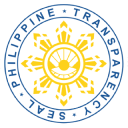BALATAN HANDA!
BALATAN HOTLINE: 0915-777-1234 | 0989-111-1234 | 054-8113434 | FB: Balatan Rescue
Flood And Landslide Exposure
Flooding typically occurs due to intense rainfall, overwhelming natural watercourses such as rivers and creeks, which are unable to handle the excess water. The most severely affected barangays include Coguit, Duran, Laganac, Lulucan, Pararao, and Siramag, where susceptibility to flood risks is high and increasing. Additionally, Barangay Camangahan experiences flooding when rainfall exceeds 180 mm in a single day, with a sudden onset and moderate to low susceptibility. Due to their unpredictable nature and short duration, floods pose a significant threat to these areas.

Population exposure
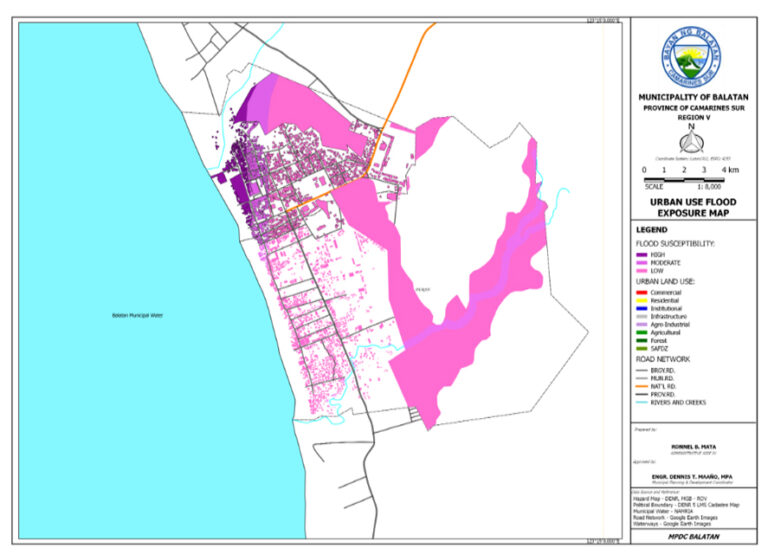
Urban use areas exposure

Natural resource-based porduction areas exposure

Critical point facilities exposure

Lifeline utilities exposure
Balatan’s exposure to landslide
Landslide hazards are exacerbated by the steep slopes of Balatan’s hilly terrain, combined with weathered soils and heavy rainfall, creating serious slope stability concerns. Barangays such as Cabannaban, Cabungan, Cayogcog, Laganac, Pulang Daga, and Tomatarayo are particularly prone to rain-induced landslides, with a sudden onset and high vulnerability. Barangays with high susceptibility to these landslides also include Camangahan, Coguit, Duran, Luluasan, Montenegro, Pararao, Sagrada, San Francisco, Santiago, and Tapayas. These barangays are highly vulnerable to landslide events, especially during periods of intense rainfall

Population exposure

Urban use areas exposure
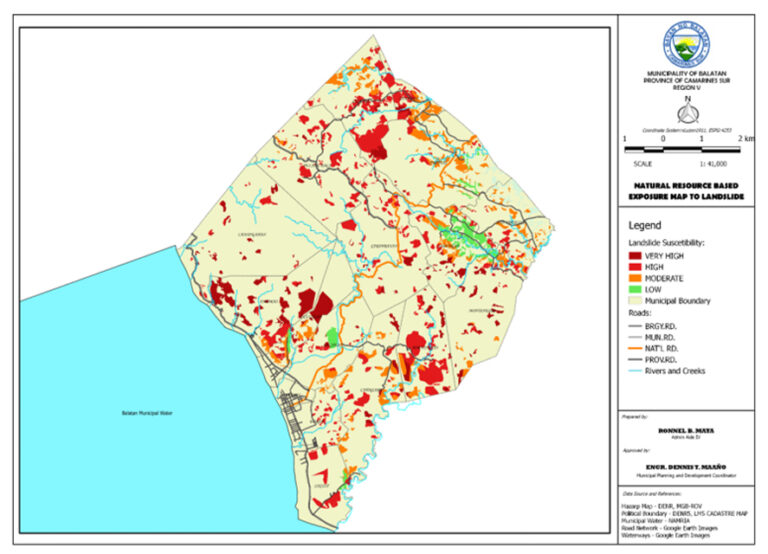
Natural resource-based porduction areas exposure
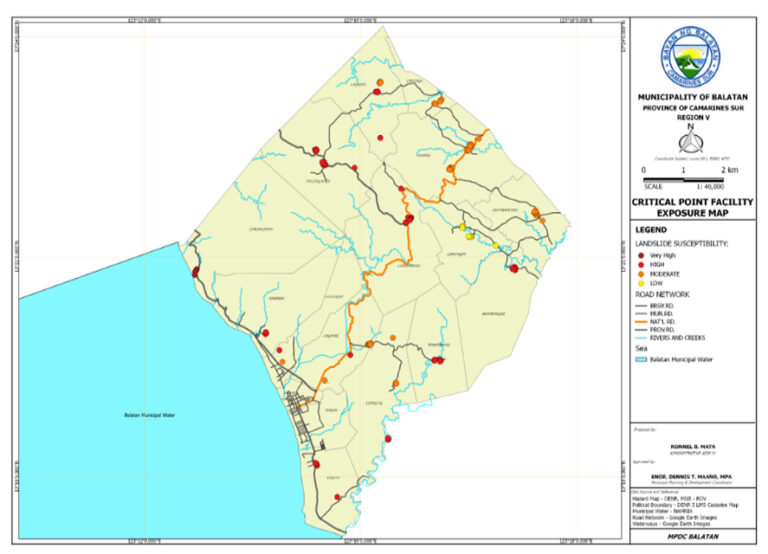
Critical point facilities exposure

Lifeline utilities exposure
Balatan’s risk to flood
The municipality of Balatan faces significant flood risks across multiple sectors, impacting residents, urban areas, natural resources, critical facilities, and essential infrastructure. Barangays Coguit, Duran, Luluasan, and Siramag have very high flood risks, affecting thousands due to their high exposure and limited protective measures, while Laganac and Pararao are also at high risk. Urban land use areas in Siramag and several zones in Duran are highly vulnerable, and most agricultural areas face moderate flood risk, with Duran and Laganac’s vegetable and corn production areas particularly exposed.
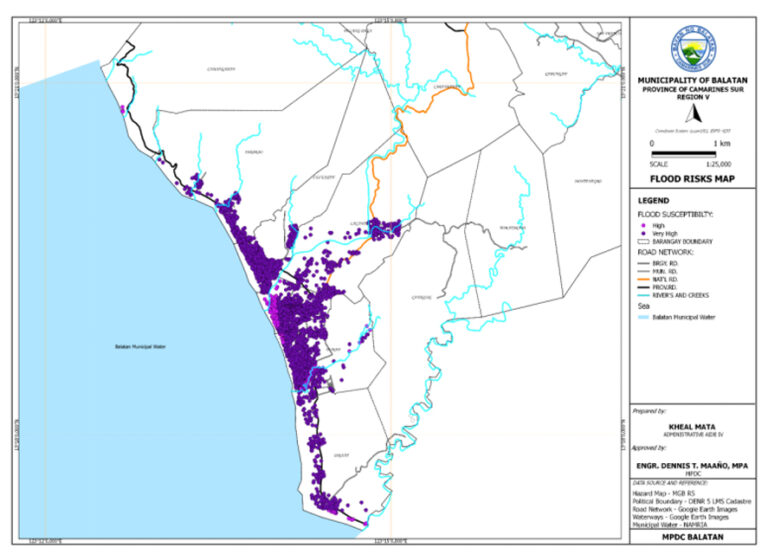
Population risk
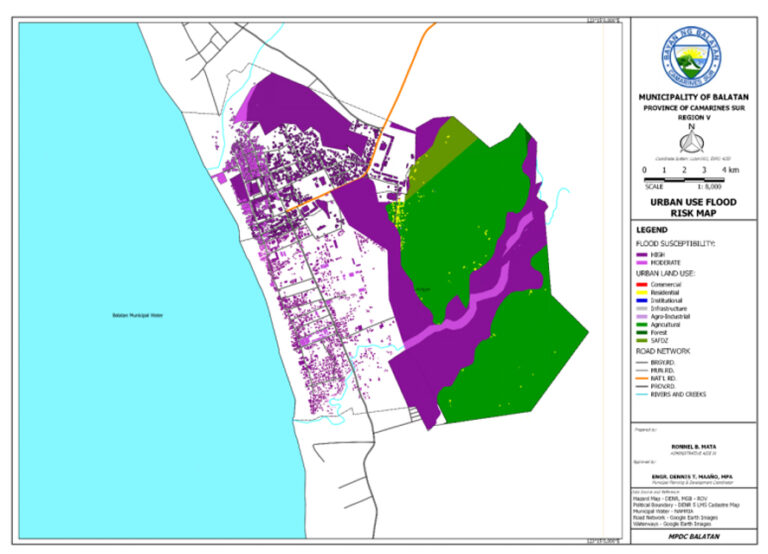
Urban use areas risk
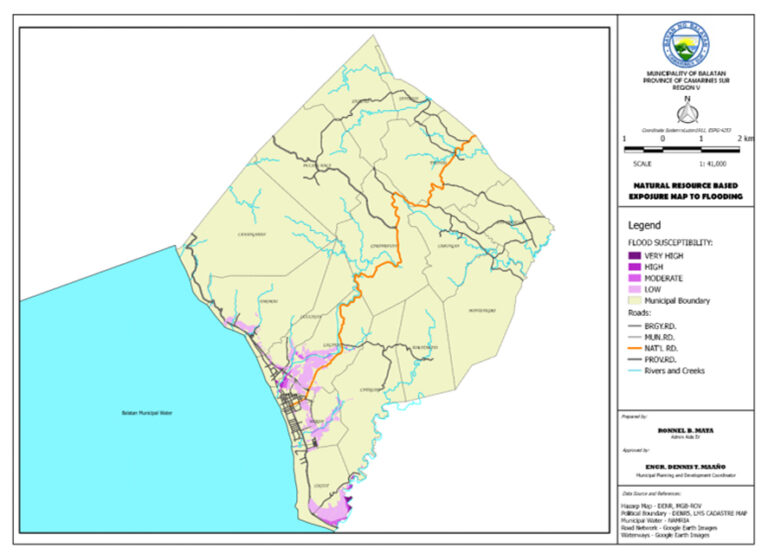
Natural resource-based porduction areas risk

Critical point facilities risk
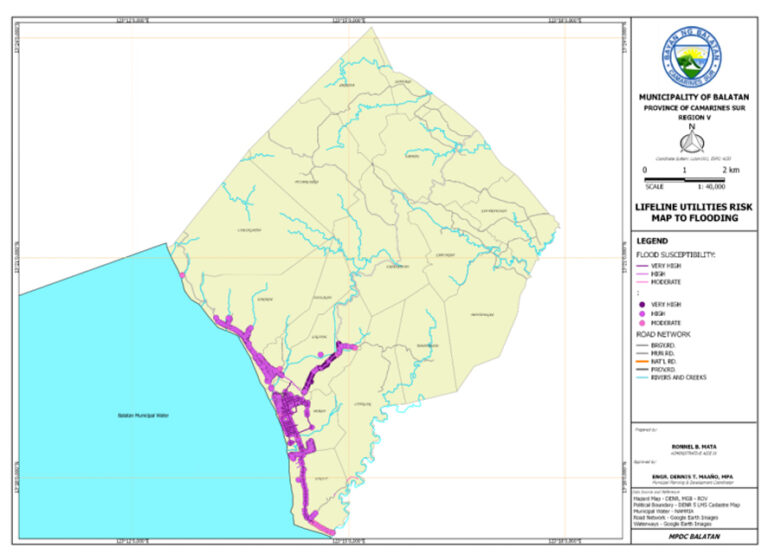
Lifeline utilities risk
Balatan’s risk to landslide
Balatan faces significant landslide risks across its population, land use areas, natural resources, critical facilities, and infrastructure. Barangays like Cabanbanan, Cabungan, Cayogcog, Laganac, Pulang Daga, and Tomatarayo are particularly vulnerable due to steep terrains, with additional barangays like Camangahan, Coguit, and Lulahasan at high risk from environmental and demographic factors. High-risk zones include agricultural and natural resource production areas, especially in barangays such as Camangahan and Pararao.

Population risk
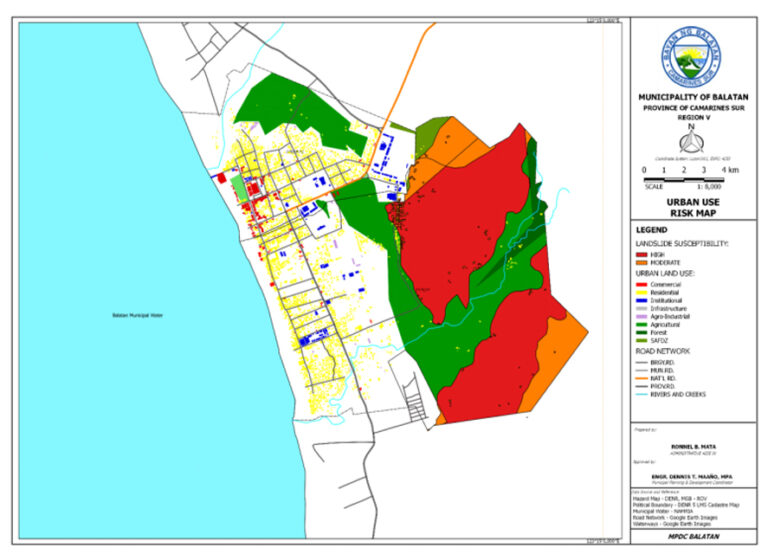
Urban use areas risk
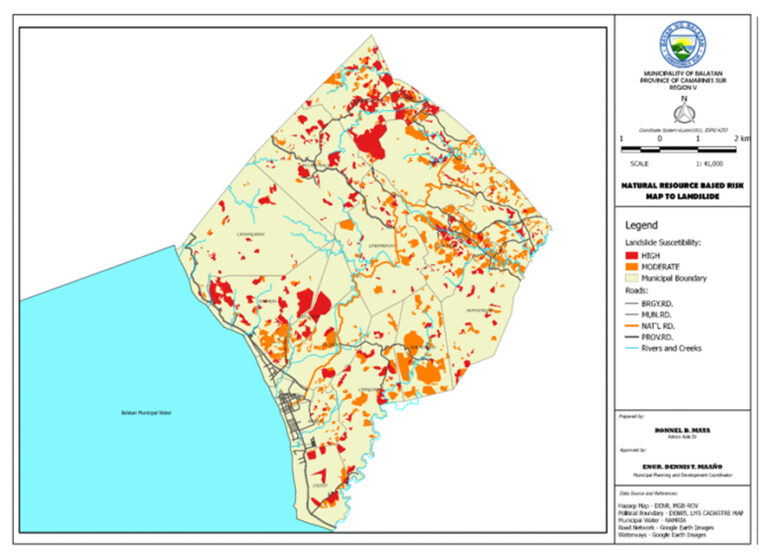
Natural resource-based porduction areas risk

Critical point facilities risk

Lifeline utilities risk
| Hazards | Affected bgys. | Low risk - no. of individuals | Medium risk - no if individuals | High risk - no. of individuals | Total affected |
|---|---|---|---|---|---|
| Flood | 7 | 19,586 | |||
| Landslide | 16 | 22,885 | |||
| Typhoon | |||||
| Tsunami | |||||
| Storm surge | |||||
| Earthquake |

